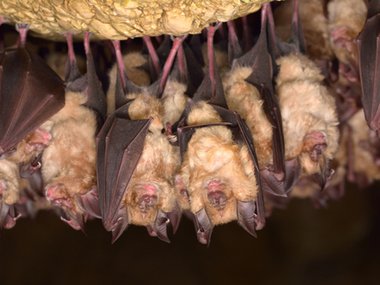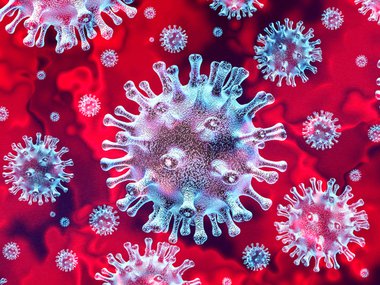Why Do Viruses Jump from Animals to Humans?
Several viruses regularly jump from wild animals to humans, but not all of them are dangerous. SARS-CoV-2, the coronavirus causing COVID-19, has a deadly combination of high transmissibility and disease severity, which has led to a full-blown pandemic.
For this post, we invited Richmond-based scientist and eScienceInfo founder Jeya Chelliah B.Vsc Ph.D. to explain how viruses can “jump” from wild animals to humans and how we can work to prevent the next pandemic caused by an animal-origin (or “zoonotic”) virus. Dr. Chelliah was going to join us for an in-person Lunch Break Science presentation in April, but since the Museum isn’t open to the public right now, he’s giving us the full rundown in a blog.
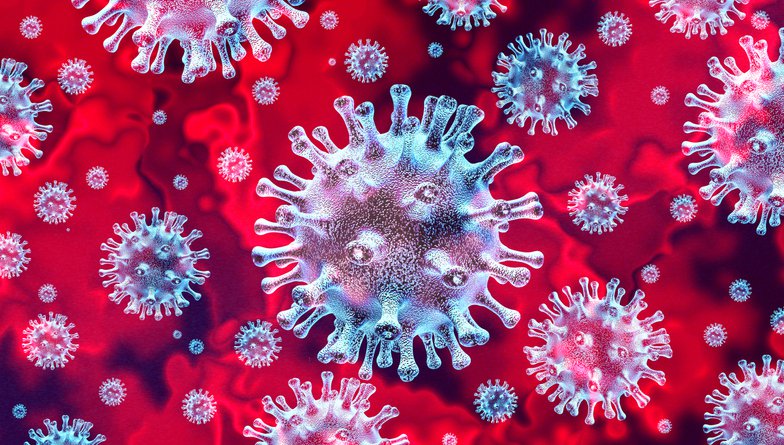
Basic Facts about Viruses
The word “virus” has its roots in the Latin term for poison. There are more viruses than there are stars in the universe, and they are simple and successful. They are also tiny, their diameters ranging from about 20 to 400 nanometers, one-thousandth the width of an eyelash.
Unlike bacteria, viruses cannot reproduce on their own. They need a living cell to reproduce. Outside of a living cell, viruses are dormant and lifeless. A virus cannot be cultured in any artificial medium. They are instead grown in special cell culture and within fertilized eggs in labs for experimentation and vaccine production. From this vantage, it is mind-blowing to watch as such a tiny, lifeless particle like SARS-CoV-2 brings the world to a standstill.
Wild mammals and birds are believed to host about 1.7 million undiscovered types of viruses. Among them, bats — the only flying mammal on Earth — harbor more viruses than any other animal species. The reasons why bats make ideal hosts for these viruses lie in their ecology, physiology and immunology. They tend to live a long time, sometimes up to 18 to 20 years. Their habitats are caves, where they live in colonies of around 60,000. These factors provide a fertile ground for viruses, which pass from one host to another endlessly. In addition, bat immune systems can tolerate viruses and therefore do not exhibit the same symptoms we see in human infections, such as organ shutdown. The viruses just live inside of them.
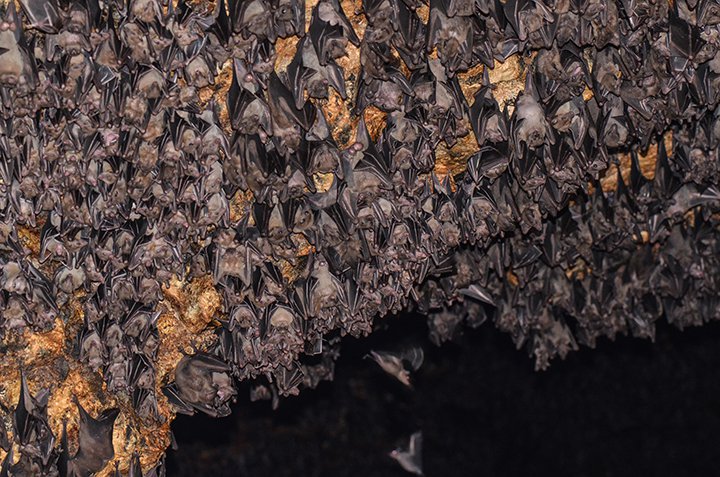
Spillover of Viruses from Animals to Humans
There are several hypotheses as to why viruses “jump” from animal hosts to human hosts. Humans are the dominant species on the planet, and we have altered ecosystems by encroaching into animal habitats, driving several wildlife species to extinction. When viruses face a scarcity of their regular hosts, they may “seek” new hosts to secure their survival.
There’s another reason for this host switching, based on virus evolutionary theory. Because microbes and viruses reproduce so rapidly, they can accumulate genetic mutations very quickly. Selective pressures in the environment can drive the acquisition of mutations that exploit traits that overcome a host’s hostile environment.
Viruses can evolve in two ways. One way is to stay in their primary host, such as bats, and evolve with them, which can take millions of years. Or, they may “jump” through interspecies contact into a different host, such as humans. If this virus has mutations compatible for survival in the new host, it may reproduce and evolve quickly into a new strain of virus.
For viruses, living inside a human being is like winning an evolutionary lottery. Evolutionary “successful” viruses adapt to live in a host for a long time through effective spreading strategies that will not kill the host. To achieve this goal, viruses need to be contagious but also gentle on their host. One example of a “gentle” virus in humans would be the (oral) herpes simplex virus, which one study found has been part of the human lineage for 6 million years.
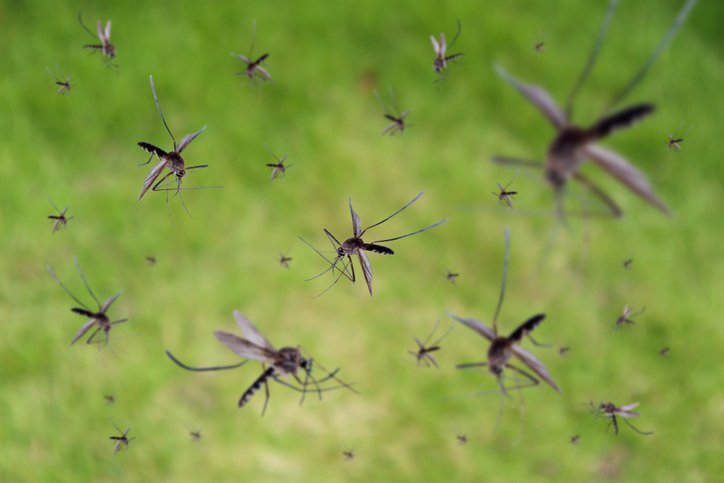
Why Some Viruses “Fail” to Become Pandemics
Why did the outbreaks of Ebola, Nipah and Zika viruses fail to cause pandemics? Because these viruses failed to secure long-term survival on several fronts.
Highly deadly viruses, such as Ebola and Nipah, tend to burn themselves out and kill the host too rapidly, leaving no one alive to effectively spread them. These viruses are also transmitted from human to human via bodily fluids, which is not an effective transmission strategy compared to others like airborne particles and droplets. Furthermore, their incubation period is a short two to three days, and no one exhibits asymptomatic symptoms. This means public health officials can easily locate the infected and isolate them very quickly, effectively cutting off the outbreak from spreading to new hosts.
Zika virus spreads through mosquito bites and it can be contained with effective mosquito control measures.
Unlike these viruses, the novel coronavirus SARS-CoV-2 has an effective strategy to spread among us. SARS-CoV-2 can hitch a ride in a droplet flying out of an infected person’s mouth (during speech, singing or breathing). This paired with the inferred incubation period (or the time for a person to begin showing symptoms) of about 14 days makes SARS-CoV-2 very infectious. This feature is conducive to establishing the disease in a community while making the infected highly contagious. This scenario is a nightmare for public health officials working in a globalized world, as it is hard to stop a disease like this one from becoming a full-blown pandemic.
Experts think that even this novel coronavirus killing thousands across the world is still not a smart strategy from an evolutionary perspective. By killing its host, it could leave no one alive to spread it. Since appearing, the virus has mutated and acquired new genetic traits, becoming more highly contagious as well as making some hosts asymptomatic.
Like all organisms, each generation of virus adapts and changes to its environment in the struggle for survival. It is even possible that SARS-CoV-2 may become a seasonal flu-like virus.
How We Can Help Stop Further Spillover of Viruses from Wild Animals
Once the pandemic is ultimately over, we must take steps to reduce the chances of more zoonotic spillovers that can cause epidemics or pandemics. We could seek policies that distance human establishments from wild animal habitats and put a stop to encroaching on or disturbing natural ecosystems. We may also need to discourage consumption of exotic animal meats and open-air marketplaces with little public health oversight.
If and when the next spillover happens, our scientists should be ready with technology to quickly detect and isolate the infected and prevent the outbreak before it can become an epidemic or a pandemic.
The Museum is hard at work helping you to discover your world despite dramatically reduced financial resources. If you'd like to help us continue this work, click here to learn how.
